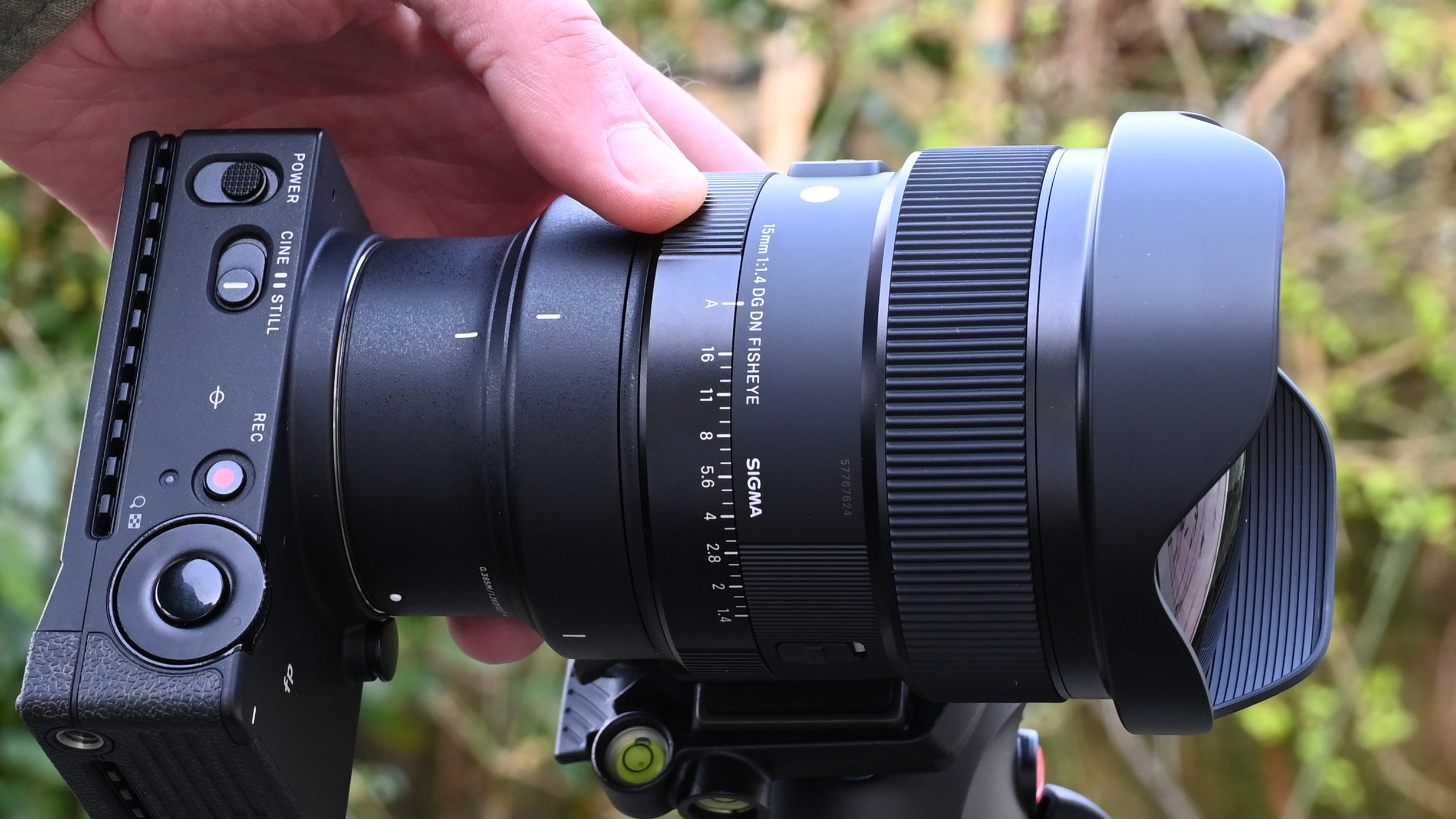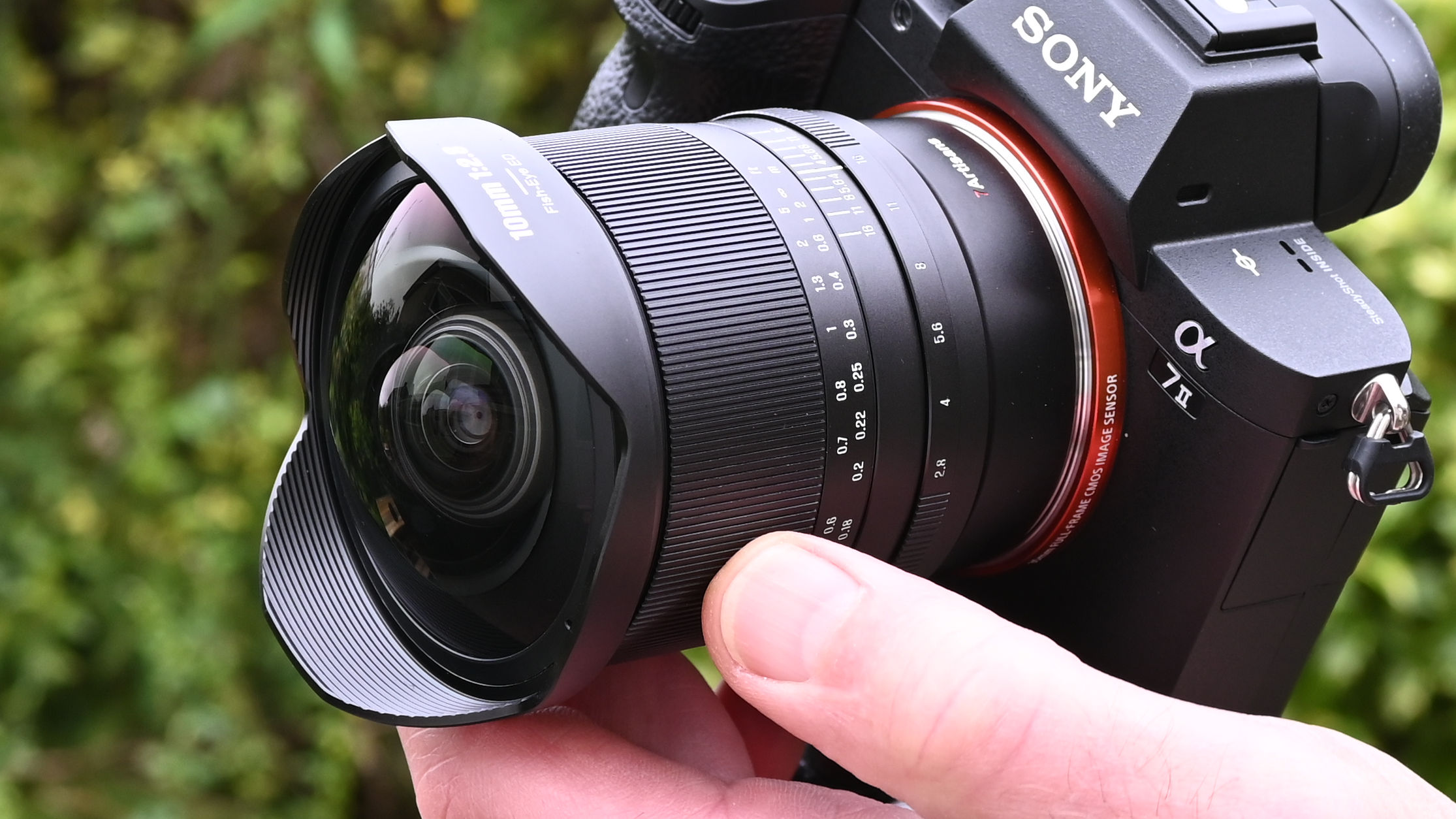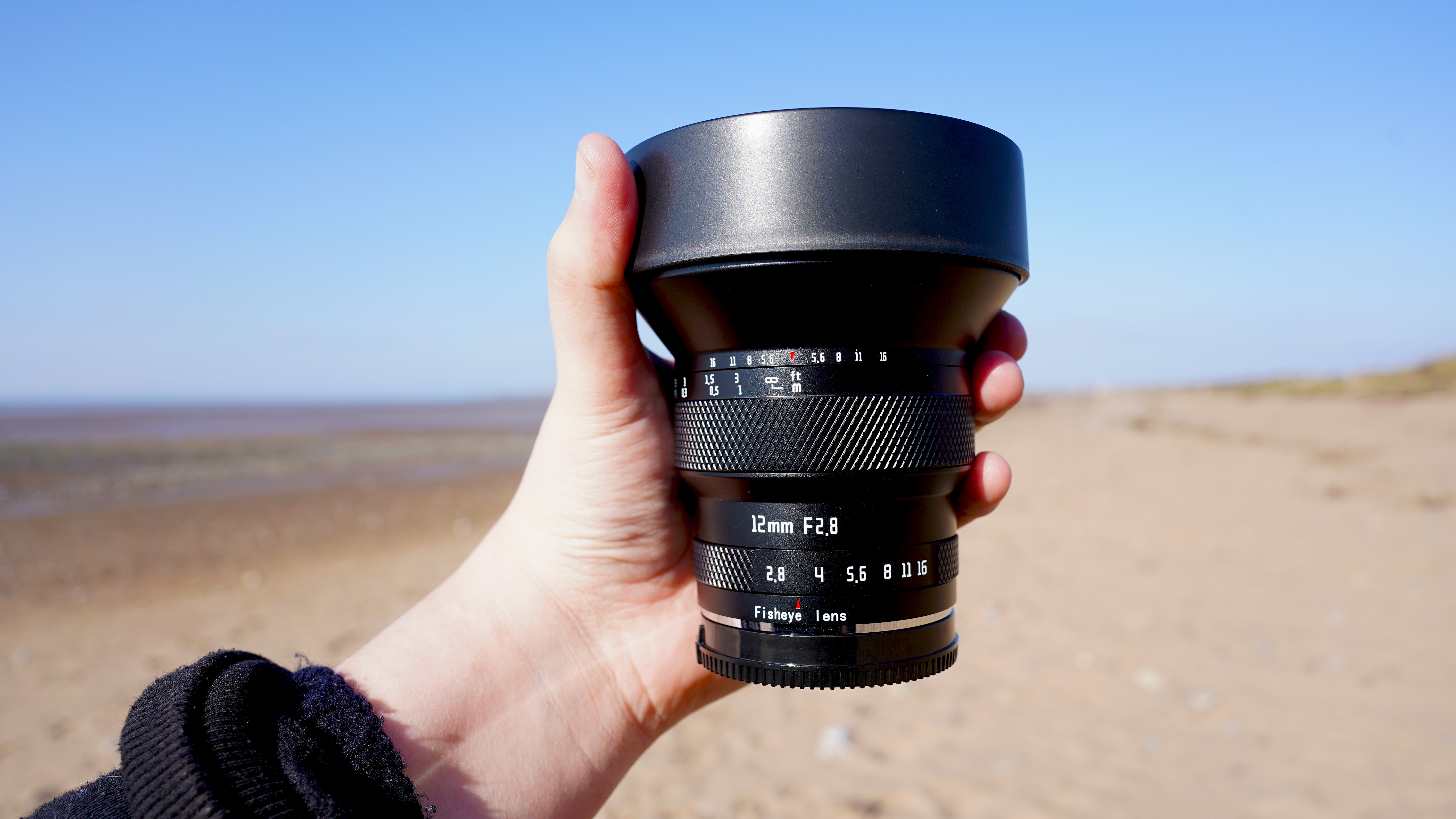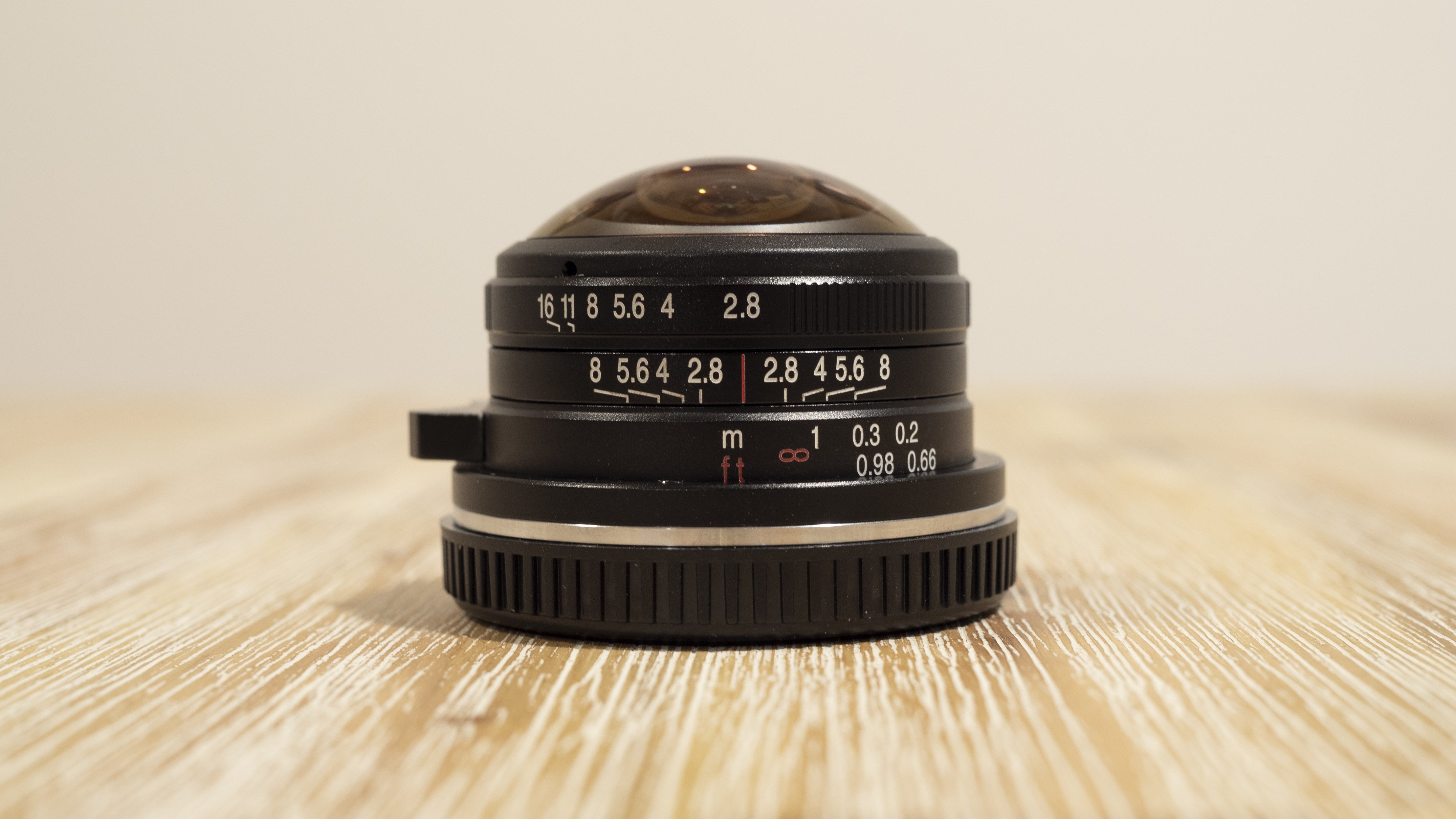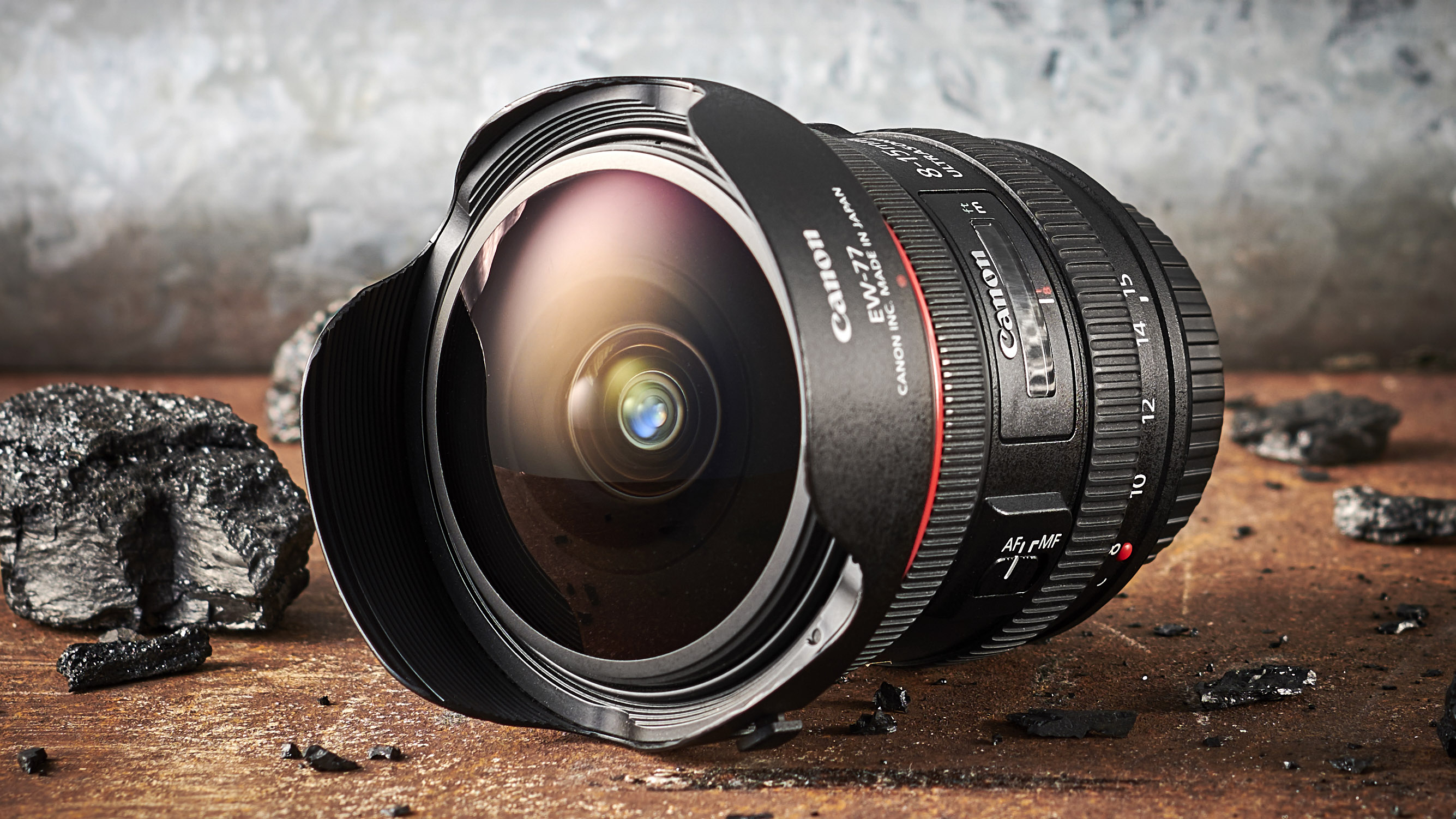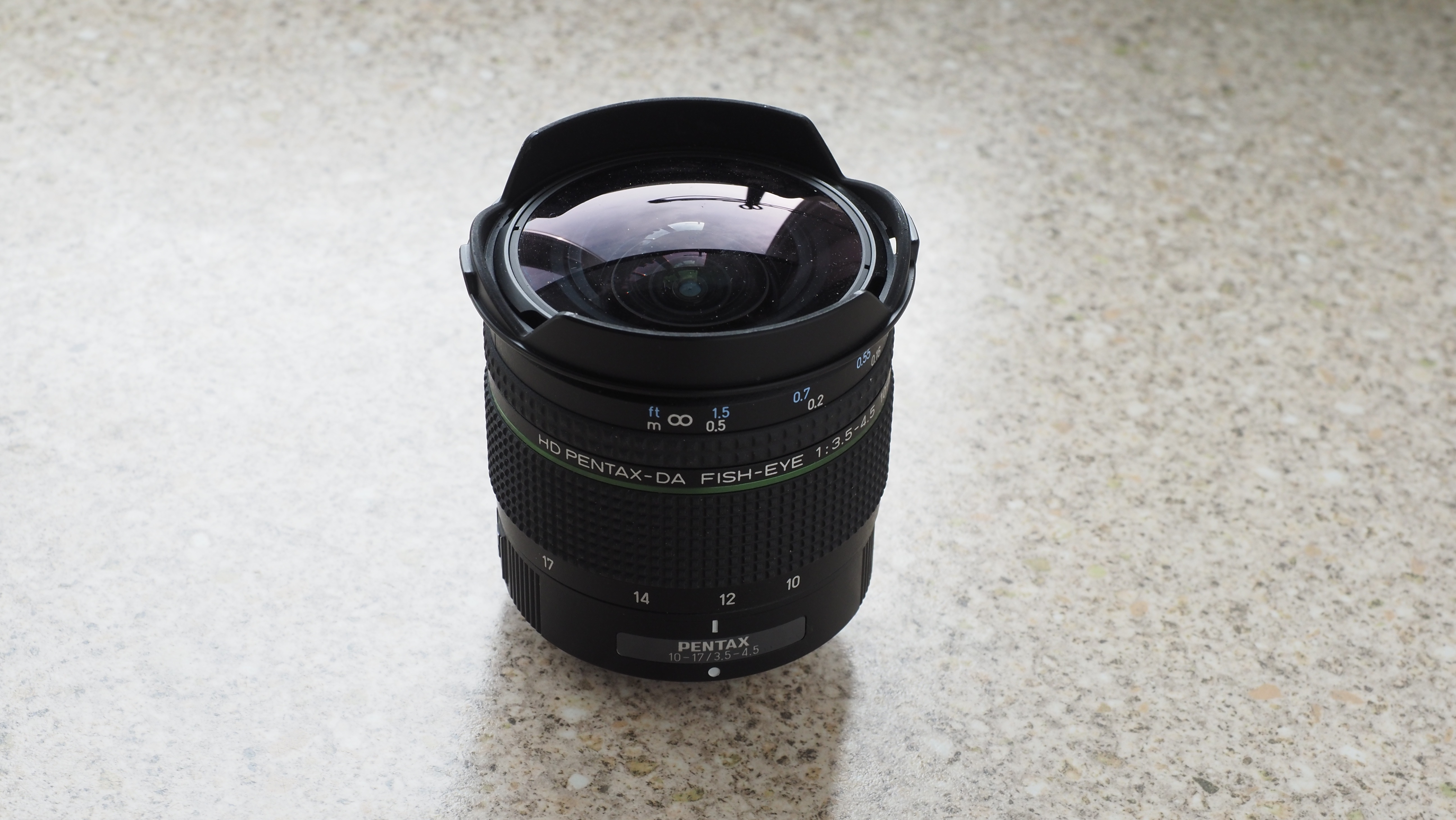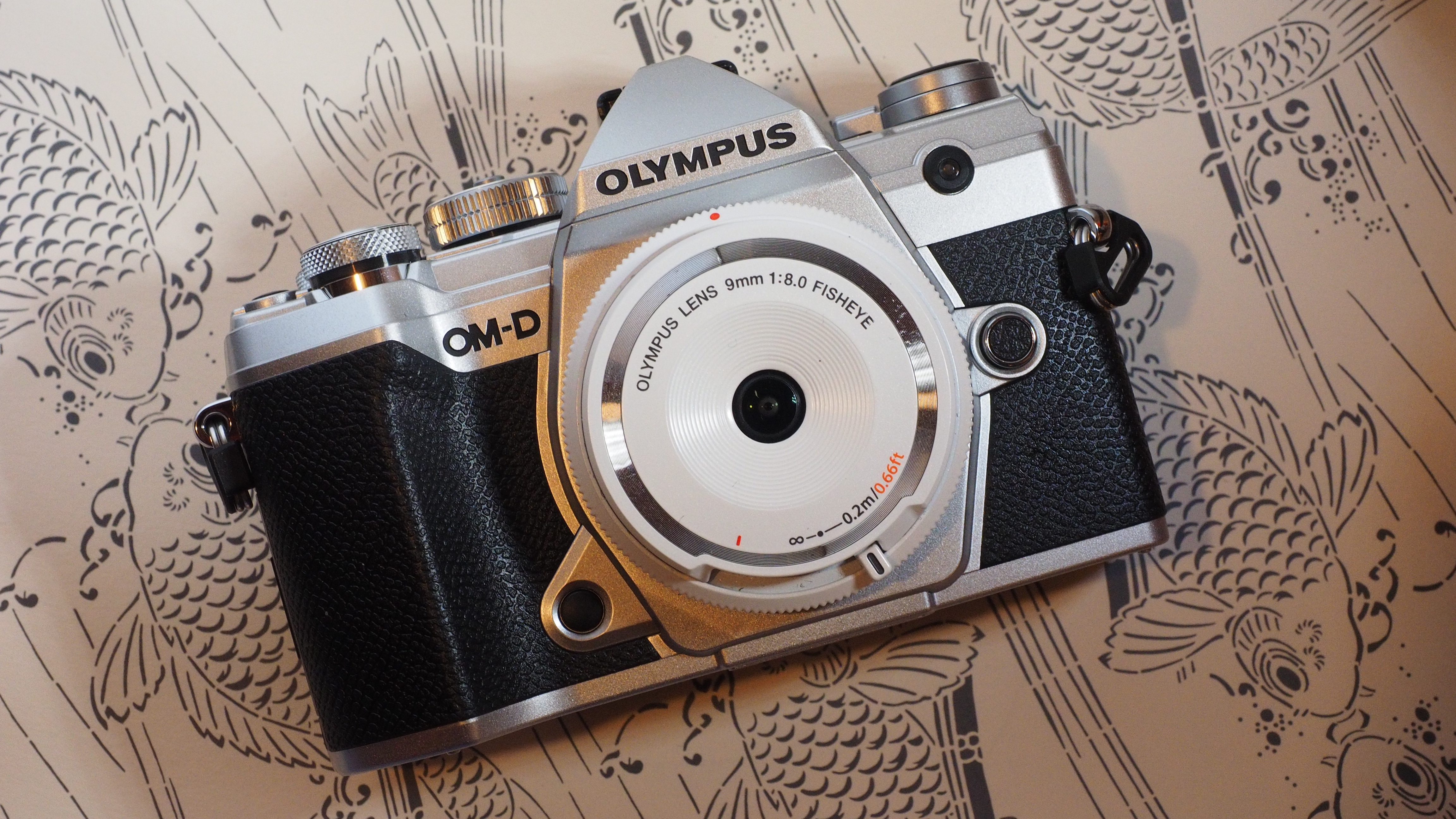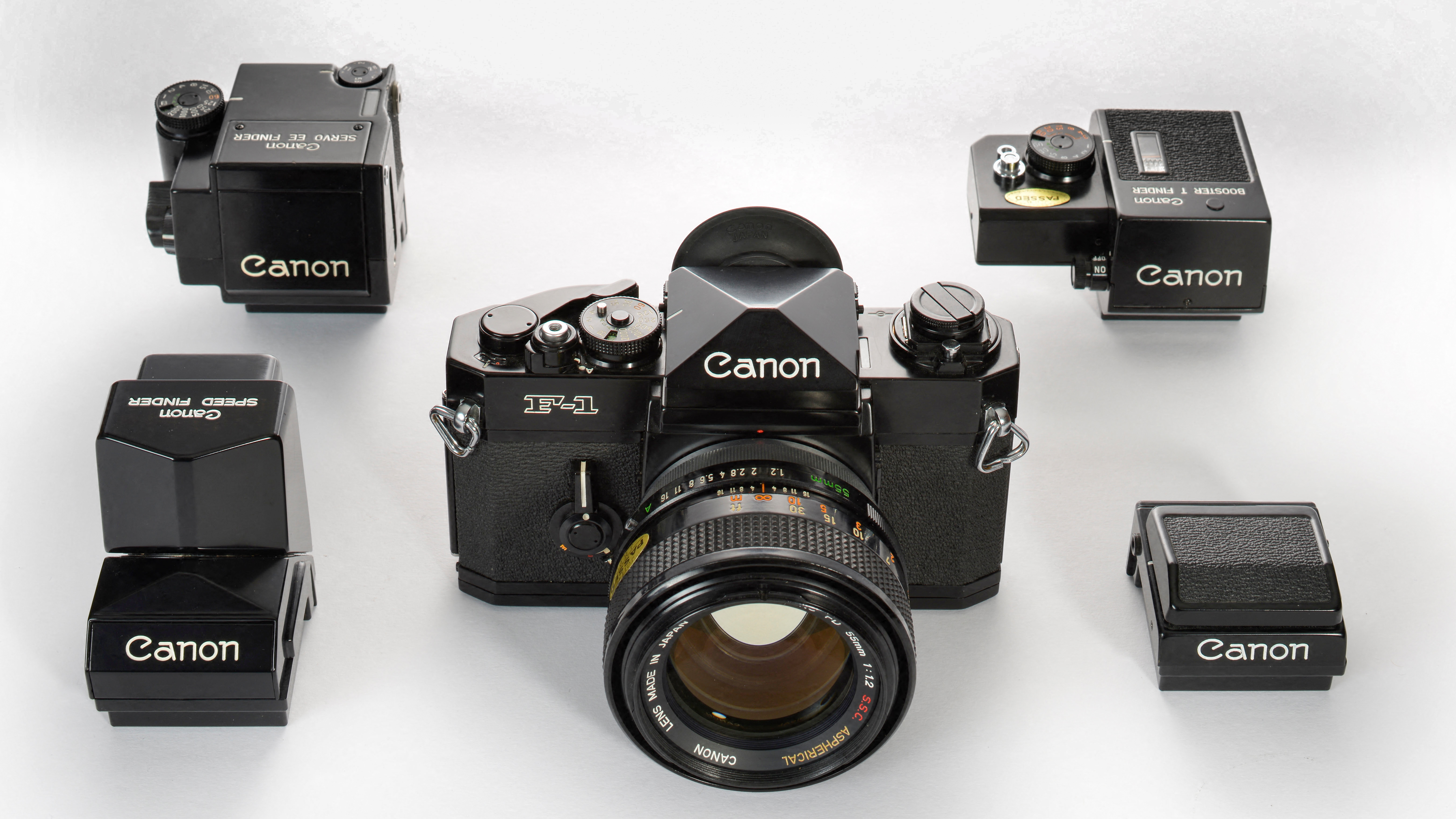The best fisheye lenses in 2025: see the bigger picture with a 180º view
The best fisheye lenses can show you a whole new ultra-wide-angle perspective of the world around you

Fisheye lenses were invented to enable meteorologists to keep a close watch on the weather, with a 180º field of view, but these offbeat scientific lenses soon found favor with more adventurous photographers, vloggers, and filmmakers. You see, by taking advantage of that extreme viewing angle, fisheye lenses can seriously improve your creative photography.
Even the widest of regular wide-angle lenses can't compete with the aesthetic of a fisheye lens. Whereas regular wide-angle lenses have a rectilinear design that aims to minimize distortion, the curvilinear nature of fisheye lenses produces extreme barrel distortion, giving images a bold and unique look.
Nowadays, fisheye lenses have grown popular for underwater shooting, extreme sports, astrophotography and even creating virtual environments. But what are the best fisheye lenses? The first thing you need to realize is that there are two main types of fisheye lenses: full-field diagonal fisheyes and circular fisheyes.


Diagonal fisheyes (also sometimes confusingly called ‘full-frame’ fisheyes) produce an image circle that’s large enough to cover the entire image sensor. Whether designed for a full-frame or crop sensor camera, the resulting image has a regular, full-sized rectangular shape. However, it only gives a 180-degree viewing angle when measured on the diagonal of the frame.
Circular fisheyes produce a smaller image circle that fits within the boundary of the image sensor. In this case, you end up with a smaller, circular image but with an even wider viewing angle, equating to a full 180 degrees in both vertical and horizontal planes.
Most fisheyes are primes, but there are also fisheye zooms, some of which transform from a diagonal to circular fisheye at either end of the zoom range. Let's take a closer – a much closer – look…

Matthew Richards is a photographer and journalist who has spent years using and reviewing all manner of photo gear. He is Digital Camera World's principal lens reviewer – and is a fountain of knowledge when it comes to the very best fisheye lenses.
The Quick List
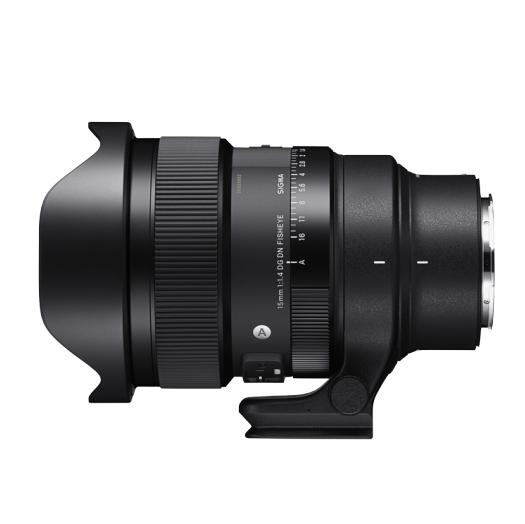
With a fast f/1.4 aperture and full autofocus, this is the best diagonal fisheye of the lot – as long as you have a Sony E or L-mount mirrorless.
Read more below
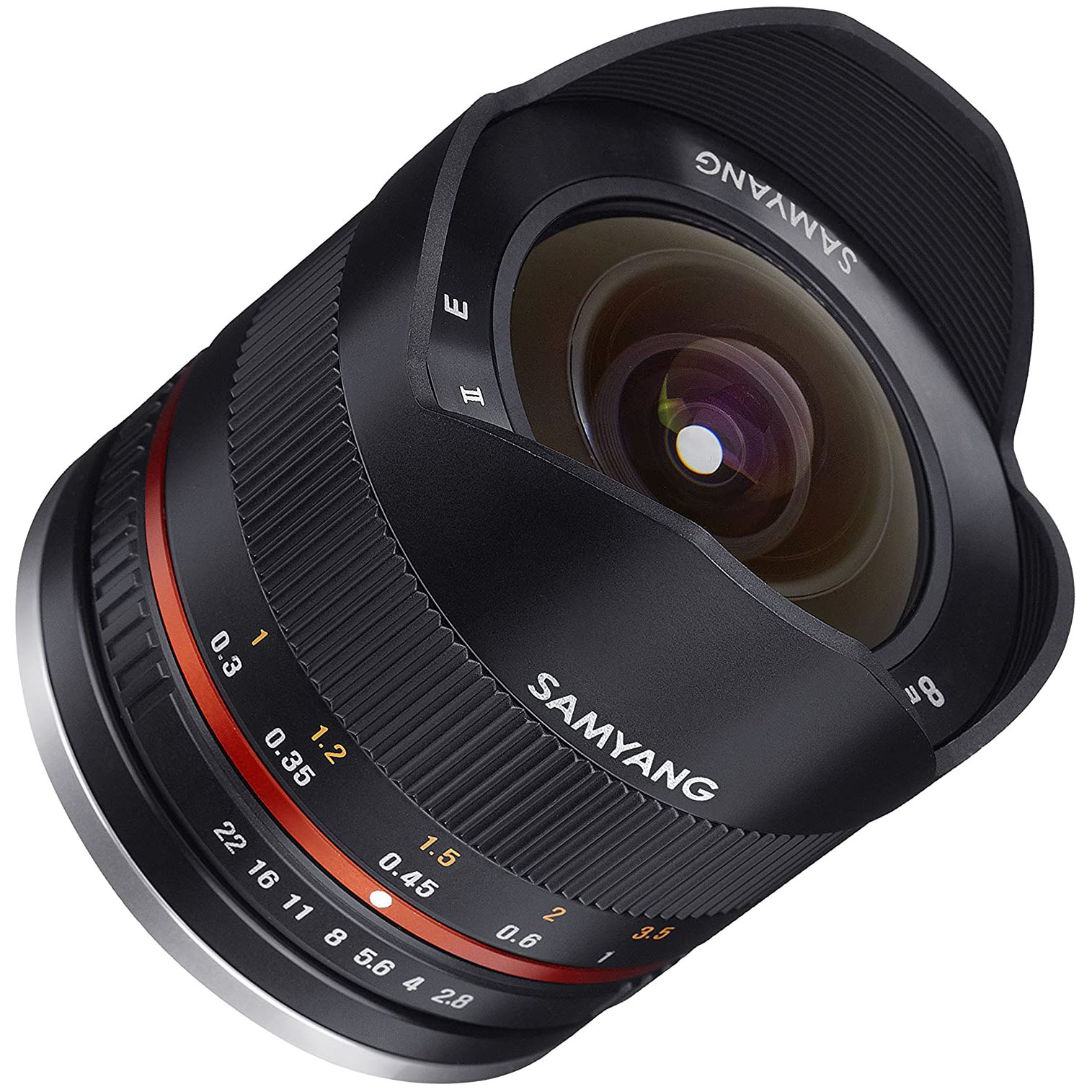
It's the best diagonal fisheye for a wide range of crop sensor cameras, and is available with or without a hood.
Read more below
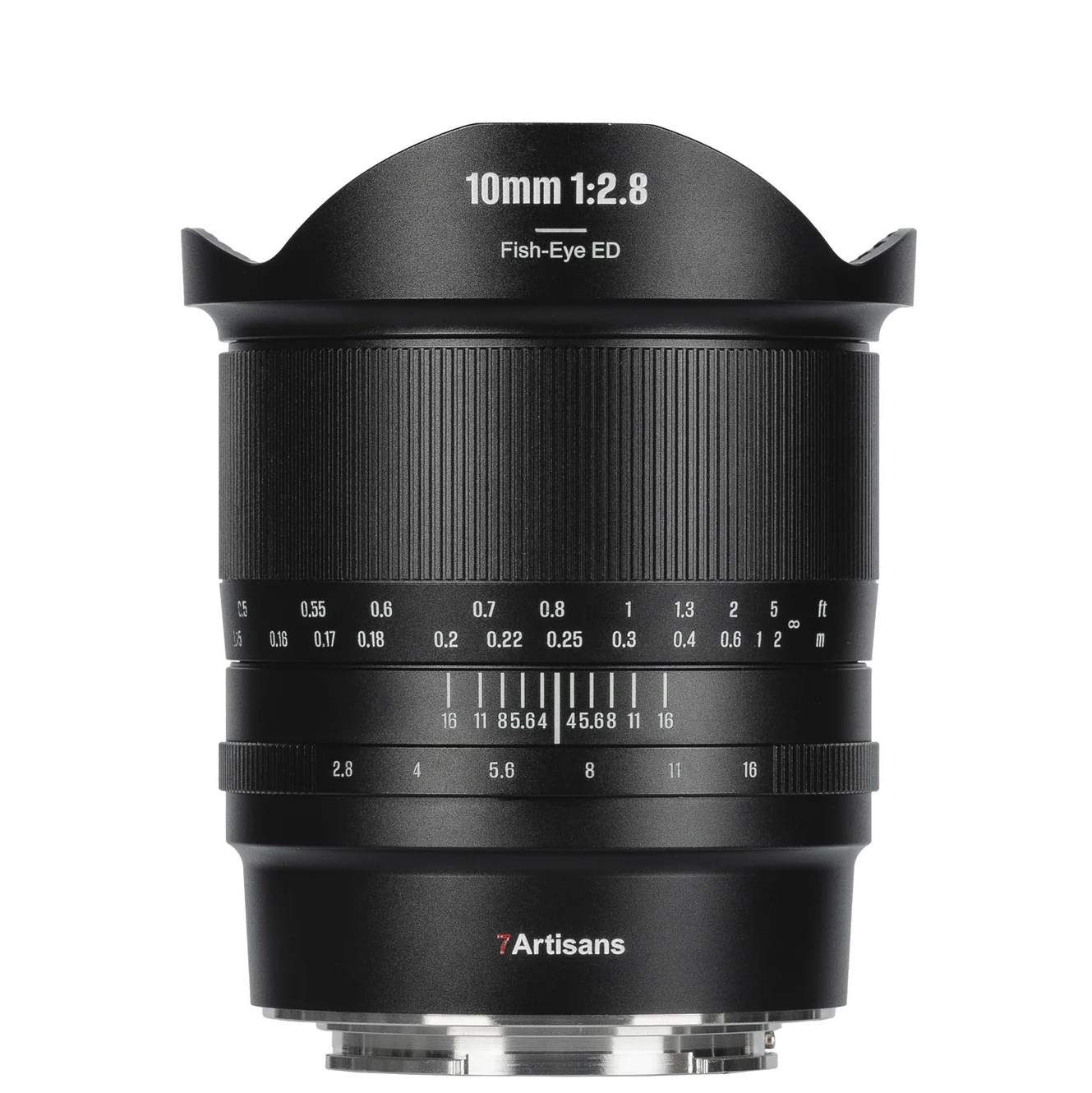
The 7Artisans 10mm f/2.8 II Fish-Eye ED is designed for mirrorless cameras and comes in a wide range of mount options at a bargain price.
Read more below
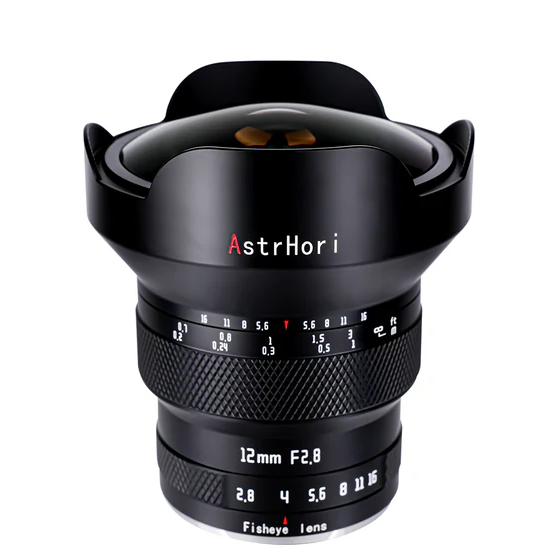
This wide-angle fisheye lens from AstrHori works wonders in capturing the bigger picture – it's flawed, but comes with a bargain price tag.
Read more below
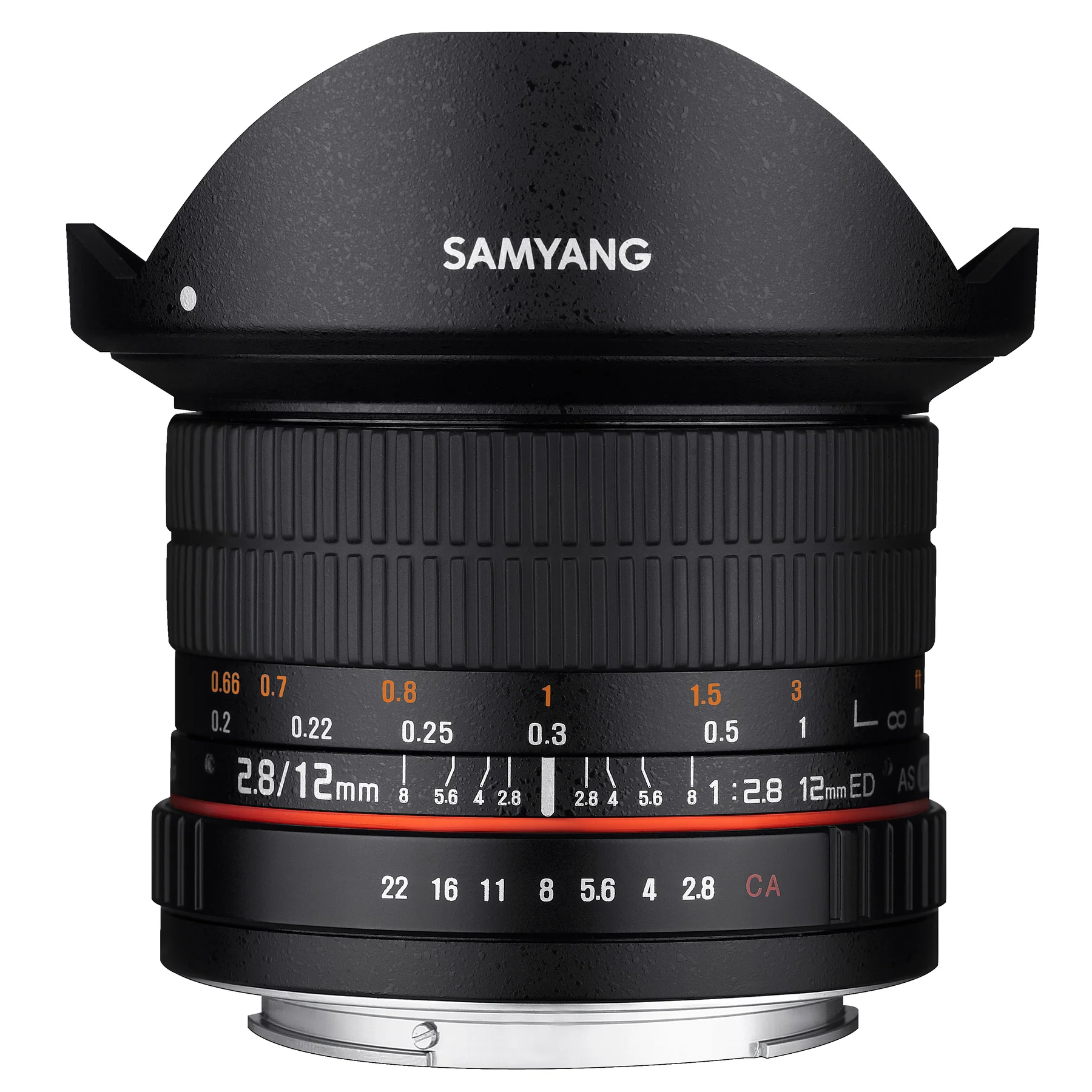
This is an appealing budget-priced diagonal fisheye lens for full-frame cameras that comes in tons of different mounts.
Read more below

Unleash your creativity with this reasonably priced circular fisheye that goes even further than a standard 180º field of view.
Read more below
See more products
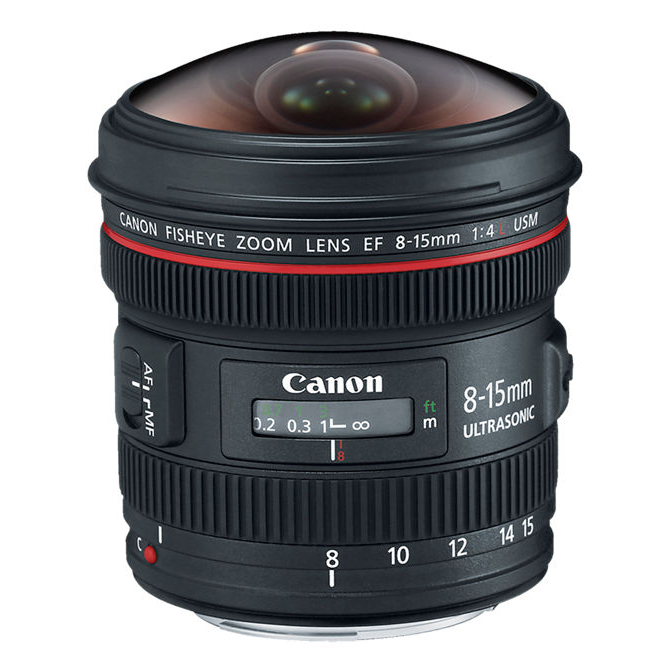
Why choose a circular or diagonal fisheye when you can have both? This Canon DSLR lens is a circular fisheye at 8mm and a diagonal one at 15mm.
Read more below

This zoom lens, exclusively for Pentax DSLRs, goes from diagonal fisheye to wide-angle zoom at the twist of a ring.
Read more below

Super-slim, even for a pancake lens, this f/8-fixed-aperture 9mm fisheye can effectively replace the body cap for Micro Four Thirds cameras.
Read more below
The best fisheye lenses
Why you can trust Digital Camera World
Fastest diagonal fisheye
Specifications
Reasons to buy
Reasons to avoid
I’ve seen some seriously small fisheye lenses over the years; they tend to be very much more compact and lightweight than rectilinear ultra-wide-angle prime and zoom lenses. This one is a comparative heavyweight, however, and comes complete with a tripod mounting ring that has an Arca-Swiss profile. I like that this ring is completely removable and the lens comes with a rubber band that you can slip in its place, making it better suited for handheld shooting.
The optical design is relatively complex for a fisheye lens, based on 21 elements arranged in 15 groups. To boost performance, the optical path includes three SLD (Special Low Dispersion) elements and four top-grade FLD (‘Fluorite’ Low Dispersion) elements. The lens is also uncommonly fast for a fisheye, with an f/1.4 aperture. It's a seriously pro-grade lens with top build quality and performance – and a price tag to match.
See our full Sigma 15mm f/1.4 DG DN Diagonal Fisheye Art review
Best diagonal fisheye for crop-sensor cameras
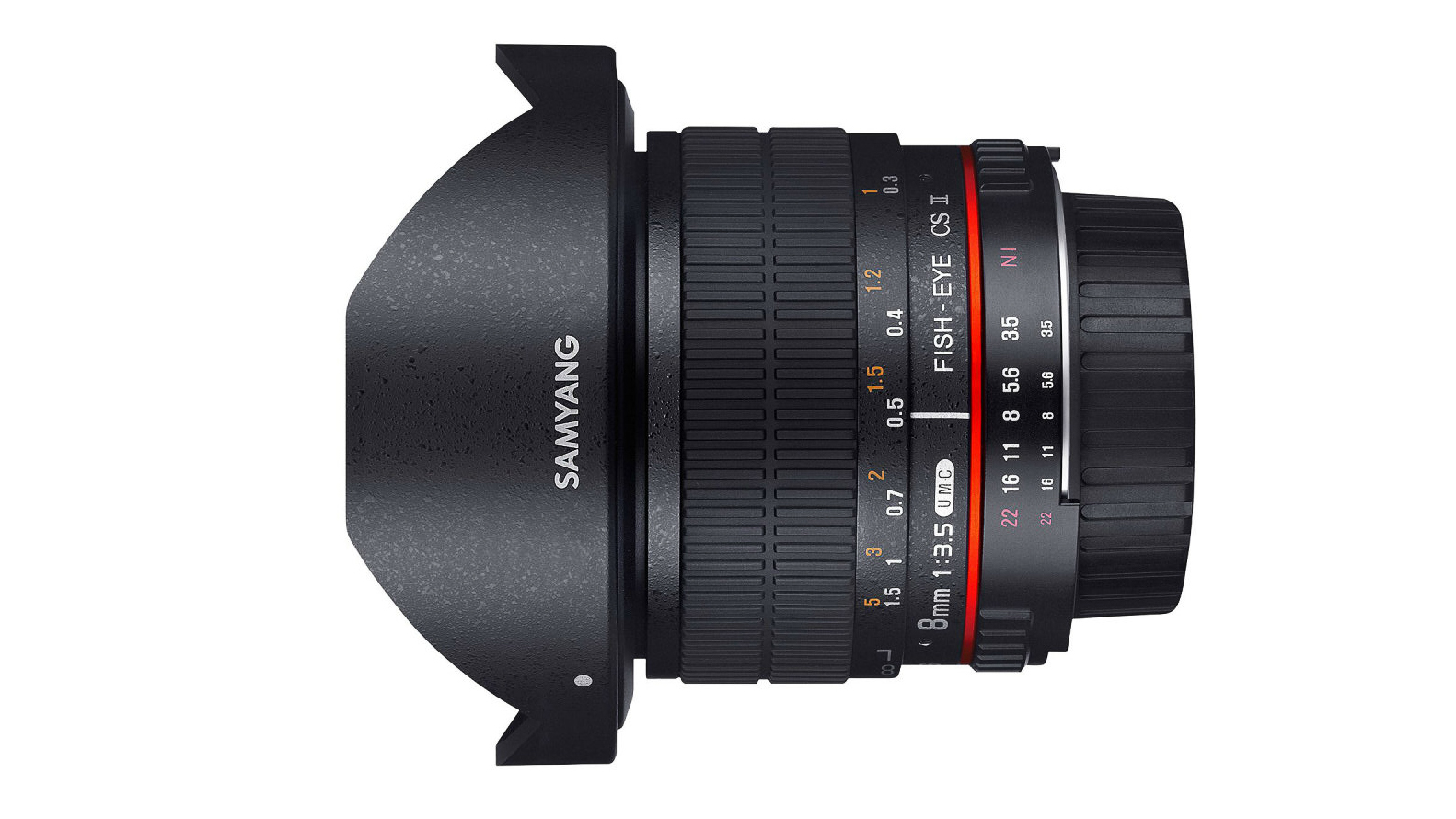
Specifications
Reasons to buy
Reasons to avoid
This is essentially a crop-sensor version of the Samyang/Rokinon 12mm f/2.8 ED AS NCS diagonal fisheye for full-frame cameras. As such, it has a shorter focal length to enable a similar 180º viewing angle, measured on the diagonal of the frame.
Mount options are many and varied, including Canon EF-S and EF-M, Fujifilm X, MFT, Nikon DX, Pentax K, Sony A, Sony E, and Samsung NX. Conversely, while the Samyang 12mm full-frame compatible lens is marketed in a selection of mount options that only feature crop-sensor cameras, this crop-format lens can also be used on full-frame bodies, where available in the camera range.
With this in mind, a ‘DH’ (detachable hood) option has recently been added. Both versions are optically identical but the DH edition avoids vignetting when shooting with a full-frame camera. This lens is sold under the Rokinon brand in North America.
See our full Samyang/Rokinon 8mm f/3.5 UMC Fish-Eye CS II review
Best diagonal fisheye for full-frame mirrorless
Specifications
Reasons to buy
Reasons to avoid
Who says a new lens has to break the bank? This diagonal fisheye can be had for a bargain price, yet you'll still get the same bulging fisheye wow factor as you'd get from a much pricier optic. So what's the catch? Well, predictably, this is a fully manual lens, meaning you'll need to focus manually and set your exposure manually, as there are no electronic contacts to transmit exposure metering information.
However, this needn't be a deal breaker, as the depth of field is large enough at such short focal lengths to make manual focusing fairly easy. Its diagonal fisheye field of view has been tailored to APS-C and Micro Four Thirds mirrorless cameras, offering a similar effective field of view to a 10mm full-frame fisheye lens.
See our full 7Artisans 10mm f/2.8 II Fish-Eye ED review
Best cheap full-frame diagonal fisheye
Specifications
Reasons to buy
Reasons to avoid
The AstrHori 12mm f/2.8 Fisheye lens offers an affordable entry into the world fisheye photography for full-frame mirrorless camera users. Its all-metal construction provides a reassuringly solid feel, and it features a convenient clicked aperture ring that allows for easy on-the-fly adjustments. The lens also includes a handy 'focus to infinity' setting on the barrel, which is particularly useful for achieving sharp landscape shots.
The AstrHori 12mm f/2.8 delivers sharp images with impressive detail. The fast f/2.8 maximum aperture is a significant advantage, not only for shooting in low-light conditions but also for creating a subtle bokeh effect. However, the manual focus can present a learning curve for photographers accustomed to autofocus.
In our review sample, however, a mysterious, intermittent blur would appear and then vanish from the lens element. Despite this, the lens's budget-friendly price point makes it an attractive choice for both beginners and experienced photographers on a budget looking to experiment with the unique perspective of a fisheye lens.
See our full AstrHori 12mm f/2.8 Fisheye review
Best diagonal full-frame fisheye for multi-mount options
Specifications
Reasons to buy
Reasons to avoid
The Samyang/Rokinon 12mm f/2.8 ED AS NCS Fish-eye is a manual-focus lens that brings the dramatic, ultra-wide perspective of a diagonal fisheye to full-frame cameras in a wide variety of mounts at an affordable price point. It delivers excellent sharpness across the frame, even at its widest aperture of f/2.8. The inclusion of aspherical and extra-low dispersion (ED) elements in its 12-element construction helps to minimize chromatic aberration and ensure high-resolution images. Furthermore, the nano-crystal coating effectively reduces ghosting and flare, even in challenging, high-contrast lighting situations.
While the lens is primarily manual, with smooth and well-damped focus and aperture rings, the Nikon F-mount version offers the convenience of electronic aperture control directly from the camera body. This is a welcome feature for Nikon users, as it allows for easier and faster adjustments in the field.
The build quality is solid, with a robust construction that feels durable in the hand. The integrated, petal-shaped lens hood provides some protection for the bulbous front element, which, due to its design, cannot accommodate traditional filters. Overall, the Samyang/Rokinon 12mm f/2.8 ED AS NCS Fish-eye is a compelling option for photographers seeking a high-performing fisheye lens without the premium price tag.
See our full Samyang/Rokinon 12mm f/2.8 ED AS NCS Fish-eye review
Best circular fisheye
Specifications
Reasons to buy
Reasons to avoid
Originally released for the Micro Four Thirds mount, this compact circular fisheye is now available for Canon EF-M, Fujifilm X, and Sony E cameras as well. For the cost, you might expect a plasticky construction, but I was impressed by the build of this lens.
It is really small, so it's easy to carry around in a spare corner of your camera bag, just in case you find a use for it when out and about. Its angle-of-view is even wider than most fisheyes, offering a 210° view of the world – but this does mean you have to be careful to ensure that your extremities don't creep into your pictures.
See our full Laowa 4mm f/2.8 Fisheye review
Best circular-to-diagonal fisheye zoom
Specifications
Reasons to buy
Reasons to avoid
On a full-frame Canon SLR, this lens works as a circular fisheye at its shortest 8mm focal length. Zoom to the 15mm end of the range and it becomes a diagonal fisheye that still gives an extremely wide viewing angle, complete with the pronounced barrel distortion associated with curvilinear lenses.
It's an easy lens to live with, especially as it's like having two fisheye lenses in one. Because the bulbous front element protrudes from the lens, a two-stage lens cap is supplied, the barrel section of which also acts as a lens hood when used at 15mm. However, you need to remove it when shooting at shorter focal lengths.
See our full Canon EF 8-15mm f/4L Fisheye USM lens review
Best diagonal fisheye-to-ultra-wide zoom
Specifications
Reasons to buy
Reasons to avoid
The HD Pentax-DA Fisheye 10-17mm f/3.5-4.5 ED is a unique and versatile fisheye zoom lens designed for Pentax DSLR cameras. Its key selling point is its ability to transition from a full 180-degree diagonal fisheye view at its widest 10mm setting to a less extreme, but still dramatically wide, 100-degree perspective at 17mm. This zoom functionality offers a level of creative flexibility that is uncommon in fisheye lenses, allowing photographers to capture everything from immersive, distorted scenes to expansive, ultra-wide-angle shots without changing lenses.
The lens produces impressively consistent illumination across the entire image frame, a valuable characteristic for both indoor and outdoor photography. This evenness of light ensures that images are well-exposed from corner to corner, minimizing the need for post-processing adjustments.
However, the lens does have some drawbacks. I found its autofocus system, which is driven by the camera body, is noisy, choppy, and at times, hesitant. Additionally, the design of the lens, with its shallow, built-in hood, precludes the use of filters, which could be a limitation for landscape photographers who rely on them for exposure control and creative effects. But despite these limitations, the HD Pentax-DA Fisheye 10-17mm f/3.5-4.5 ED remains a compelling option for Pentax users looking to explore the dynamic and often surreal world of fisheye photography.
See our full HD Pentax-DA Fisheye 10-17mm f/3.5-4.5 ED review
Best pancake fisheye
Specifications
Reasons to buy
Reasons to avoid
The Olympus 9mm f/8 Fisheye Body Cap Lens is one of the most unusual – and most brilliant – lenses I've ever used, and it's an absolutely perfect pancake performer. On paper, it may seem a Lomography-like toy lens; its elements are constructed of plastic and it only has a single aperture setting (f/8). However, these things are all to its advantage as that makes this optic literally as thin and as light as a pancake! It's an ingenious bit of design, as the lens is only moderately thicker than a body cap lens – so you can leave it on your camera in lieu of a cap, and be ready to shoot at a moment's notice.
Moreover, when affixed to a body like the Olympus PEN E-PL10 you achieve an incredible street photography setup – right down to Weegee's immortal "f/8 and be there" mantra. While on one hand that narrow aperture can seem limiting, on the other it adds to the true charm of this lens, increasing depth of field, making it fantastic for street, travel, and reportage.
Furthermore, it features light fisheye characteristics (with full-frame coverage), meaning that you can experiment with extreme field of view effects without having to shell out for a dedicated fisheye lens. And best of all, it's dirt cheap, retailing for well under 100 bucks/quid in the US and UK, making it essentially a no-risk purchase.
See our full Olympus 9mm f/8 Fisheye Body Cap Lens review
How we test lenses
We test lenses using a mix of both real-world sample images and lab tests. Our lab tests are carried out scientifically in controlled conditions using the Imatest testing suite, which consists of custom charts and analysis software that measures resolution in line widths/picture height, a measurement widely used in lens and camera testing. We find the combination of lab and real-world testing works best, as each reveals different qualities and characteristics.
The best camera deals, reviews, product advice, and unmissable photography news, direct to your inbox!
Matthew Richards is a photographer and journalist who has spent years using and reviewing all manner of photo gear. He is Digital Camera World's principal lens reviewer – and has tested more primes and zooms than most people have had hot dinners!
His expertise with equipment doesn’t end there, though. He is also an encyclopedia when it comes to all manner of cameras, camera holsters and bags, flashguns, tripods and heads, printers, papers and inks, and just about anything imaging-related.
In an earlier life he was a broadcast engineer at the BBC, as well as a former editor of PC Guide.
- Adam WaringGuides Editor
